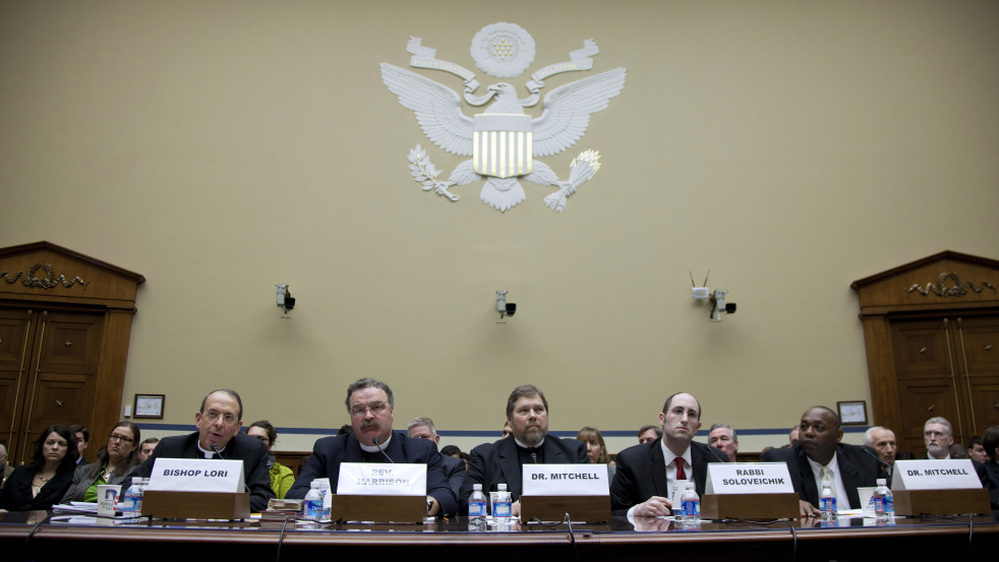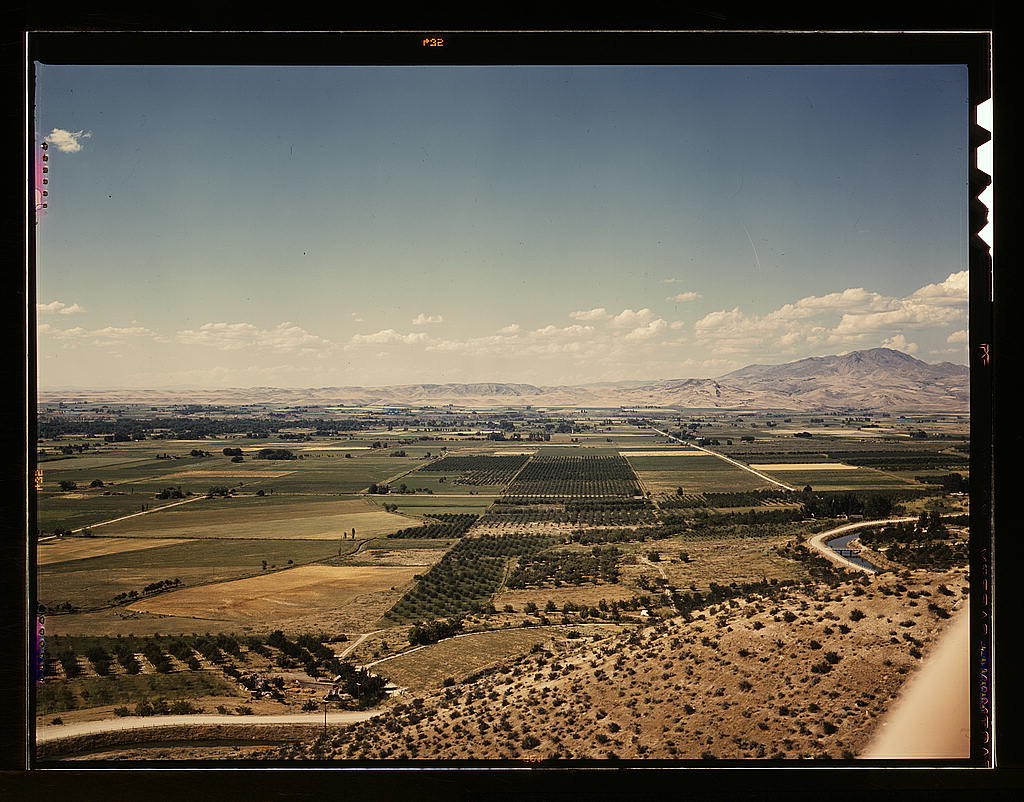Just a few weeks after the chemical company
BASF announced that it would move its headquarters from Europe to the US due to continued European public and political resistance against
GM crops, it's announced that the US and EU have decided to recognize each others'
organic standards, allowing free trade of organic foods between the two regions.
It's important to remember that not all organic food is grown in the US, and that we already recognize the
organic standards of some other countries. In fact, many people have been
critical that we import organic fruits and vegetables from New Zealand, since it seems to eliminate any environmental benefit intended from organic production.
In the
NPR article, they write,
Samuel Fromartz, author of the book Organic, Inc. and editor of the Food and Environment Reporting Network, says the different parts of this international movement were talking to each other from the beginning, and they came up with very similar practices.
"You were going to avoid pesticides; you were going to avoid chemical fertilizers; you were going to rely on natural means, enriching the soil through compost," he says.
Eventually, though, groups of farmers realized that they needed rules and a system of certification to make sure that anybody using the label "organic" was actually following those rules.
This is certainly true. While "organic" started as a philosophy, it was eventually codified into USDA standards (which, interestingly, conflicted with existing international standards for organics). I've been interested in this issue for a while, since I've always been a bit skeptical about what "organic" really means. In undergrad I wrote my first real research paper on this topic, and I later worked in a lab where we tested organic pesticides.
After a study abroad trip to New Zealand, I researched the comparative evolution of organic standards between the US and New Zealand. In both cases, corporations were highly important in setting the standards, but with very different consequences. In the US, corporate involvement in setting organic standard spurred over half a million responses to proposed federal regulations in 2003, one of the biggest consumer responses ever.
But the main difference between the two countries is that while scholars like
Julie Guthman argue that organics in the US have been corporate from the start, organic regulation evolved differently in New Zealand. New Zealand food corporations are very sensitive to their export market, so they implemented regulations that were in line with existing international standards. I explained this in my research paper:
"Prior to standard certification of organic foods and corporate involvement, many consumers and farmers saw organic farming as a fringe movement, characterizing farmers as “sandal-wearing hippies” (Campbell & Fairweather, 1998, p. 35). These hippies, who were indeed radicals in their rejection of conventional agriculture, were inevitably affected by the shift of organic foods from a social movement to simply an alternative method of production. In the early stages of organic certification in New Zealand, these farmers were encouraged to preserve their alternative identity in order to sustain the social aspect of organic farming. The NZBPC [New Zealand NZ Biological Producers Council] held face-to-face interviews and evaluated farmers based on “Product, Place and Person,” but “Person,” or personality, was the most important criteria for early certification (Campbell & Liepins, 2001, p. 30). This ensured a preservation of the organic philosophy, rather than certification of producers just looking for a profit.
The 1990s signaled a shift in New Zealand’s organic agriculture production and serves as a functional model of interdependence between small-scale farmers and corporations. Several corporations became major factors in the growing trend towards organic agriculture in New Zealand... The global demand for frozen organic foods helped Watties to partner with small farmers, whose produce was frozen and shipped internationally. A parallel situation occurred with Zespri International Ltd. because of a global demand for fresh organic kiwifruit (Coombes & Campbell, 1998). These corporations benefited from the knowledge and production of organic farmers, and the farmers benefited by an increased market for their products. The economic incentives of the organic food market produced a unique, mutually beneficial partnership between parties of seemingly fundamentally opposing viewpoints."
In New Zealand, corporations did not attempt to "water down" organic standards like what happened in the US, partly because New Zealand exports are always under the global scrutiny of "
green protectionism." Corporations were more willing to act as a catalyst to help smaller farmers become organic, rather than just subsume them into a massive corporate system that we have in the US (see this
great infographic by my former professor on the corporate chain of US organics).
Sources:
Campbell, H. & Fairweather, J. R. (1998, September). Development of Organic Horticulture Exports in New Zealand. Agribusiness and Economics Research Unit, Research Report No. 238.
Campbell, H. & Liepins, R. (2001). Naming Organics: Understanding Organic Standards in New Zealand as a Discursive Field. Sociologia Ruralis, 41(1), 21-39.
Coombes, B. & Cambell, H. (1998). Dependent reproduction of alternative modes of agriculture: Organic farming in New Zealand. Sociologia Ruralis, 38(2).






